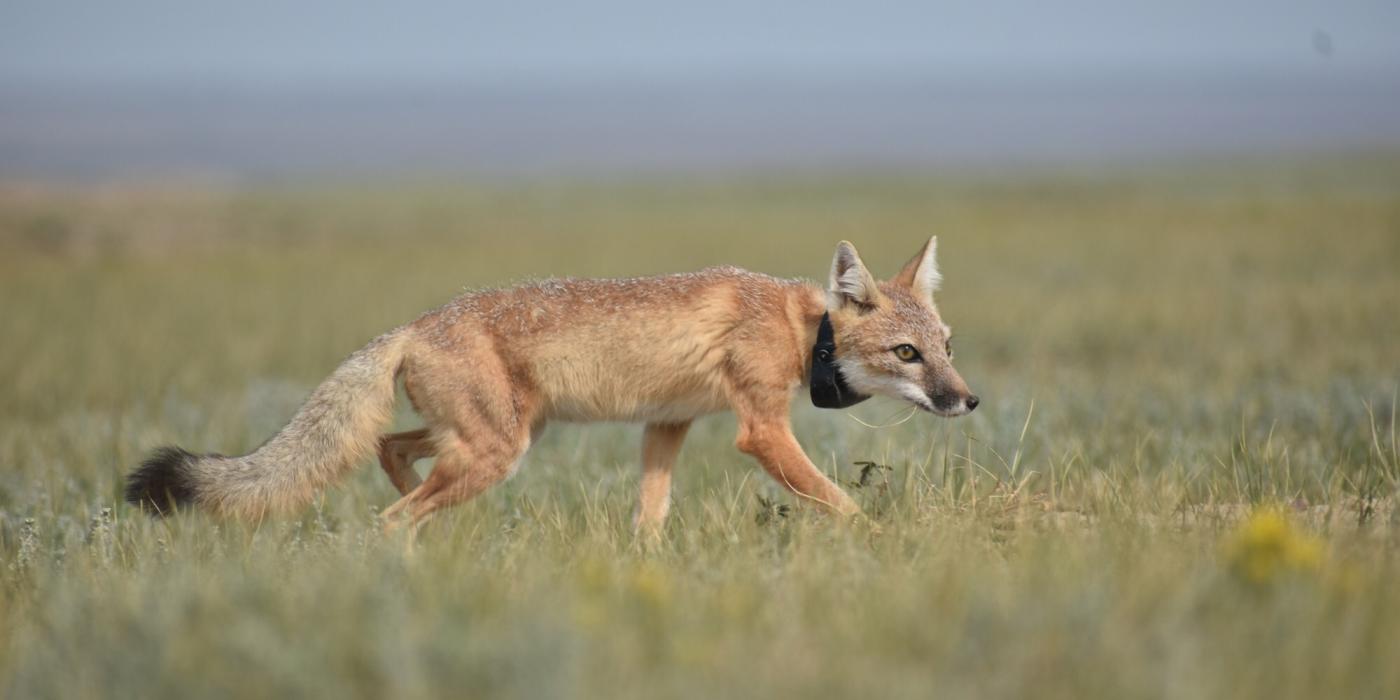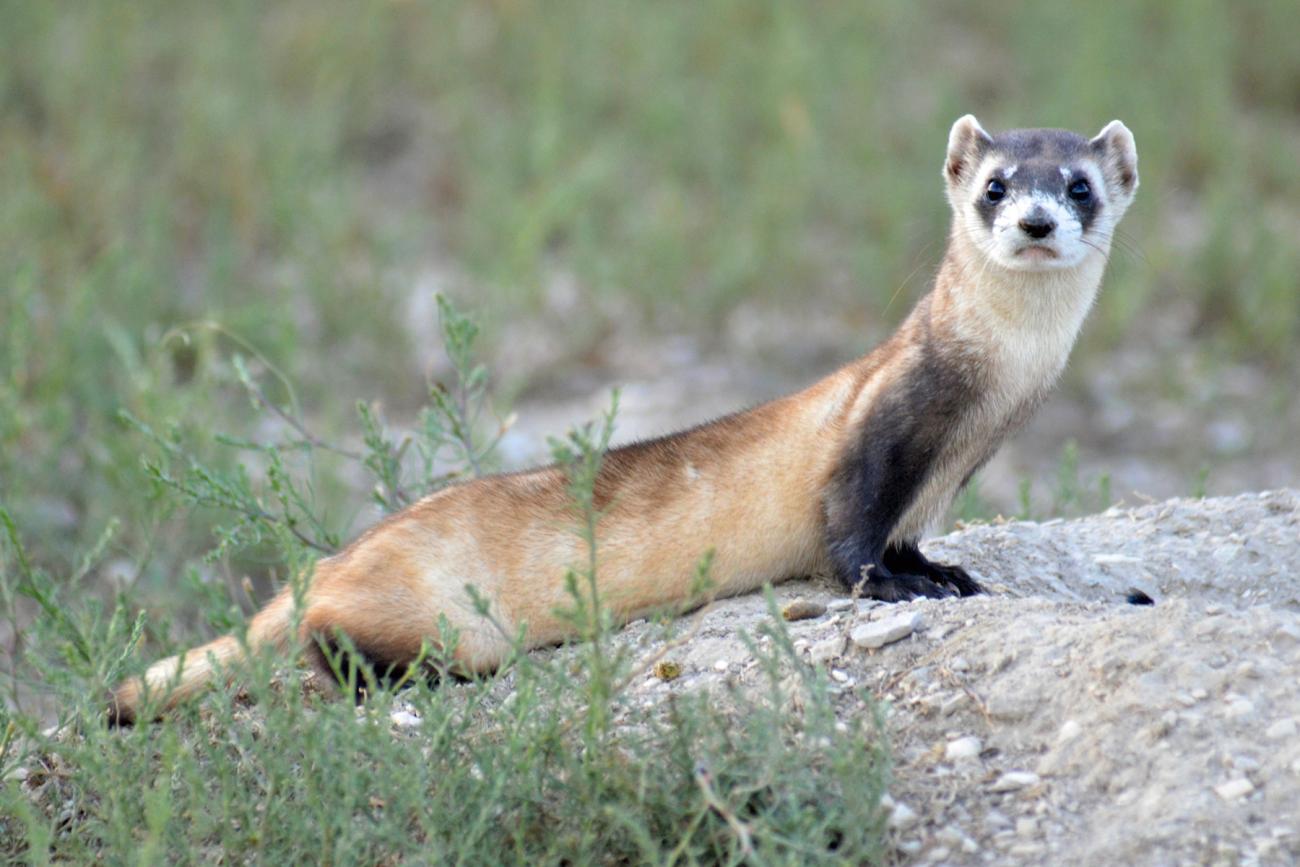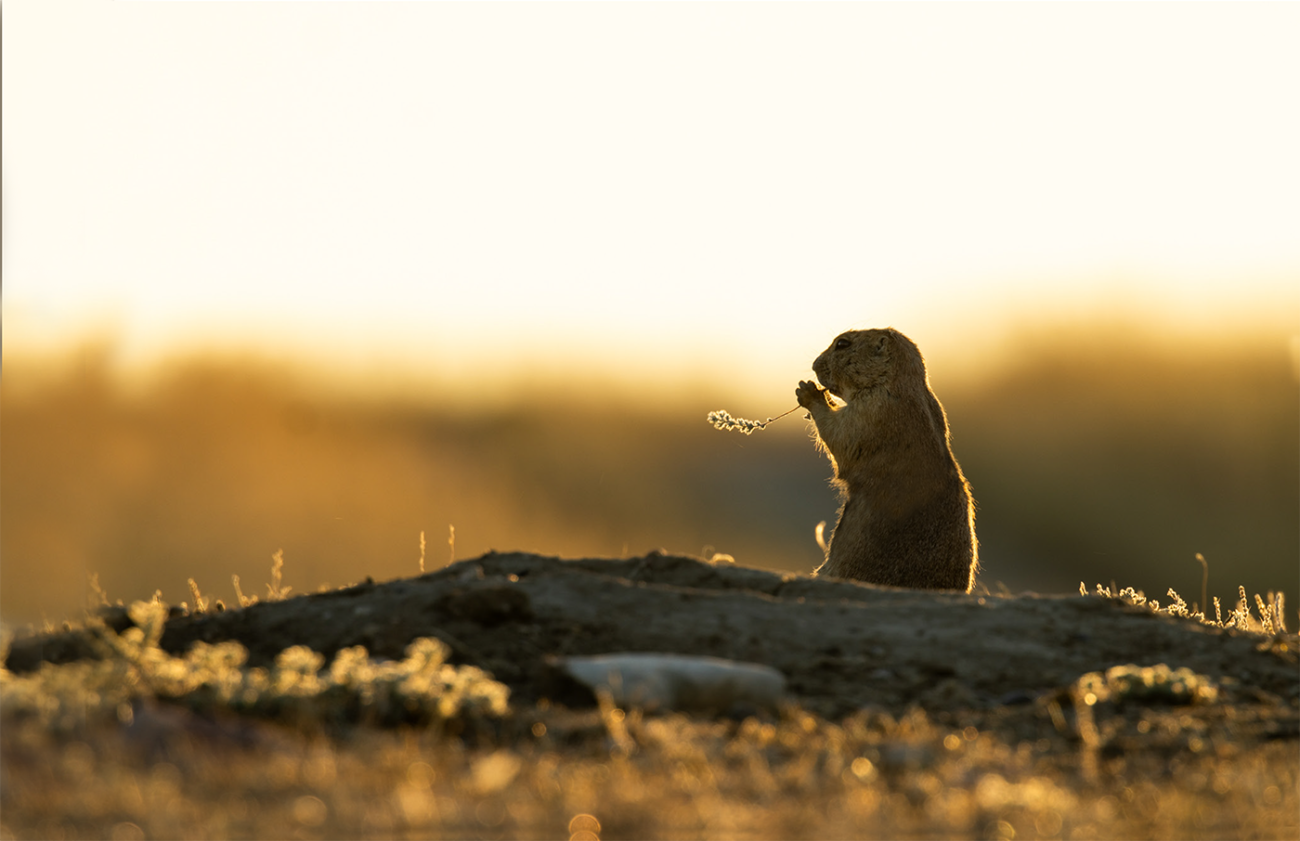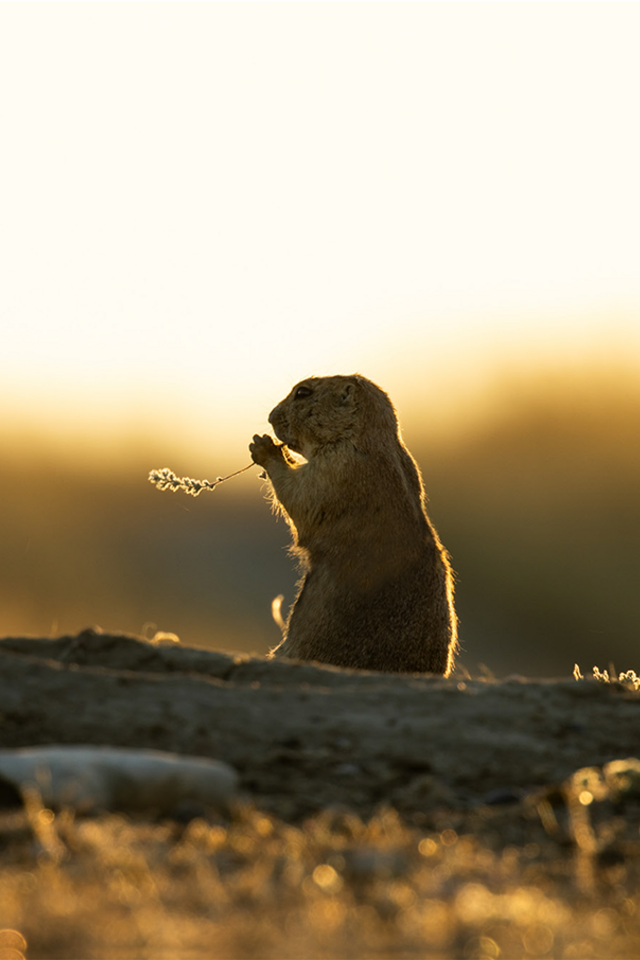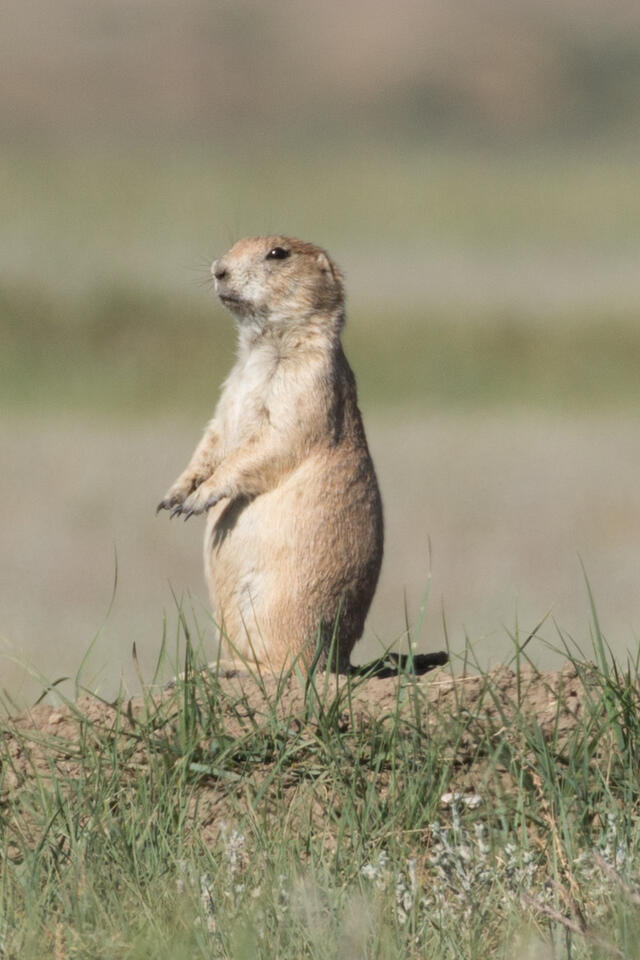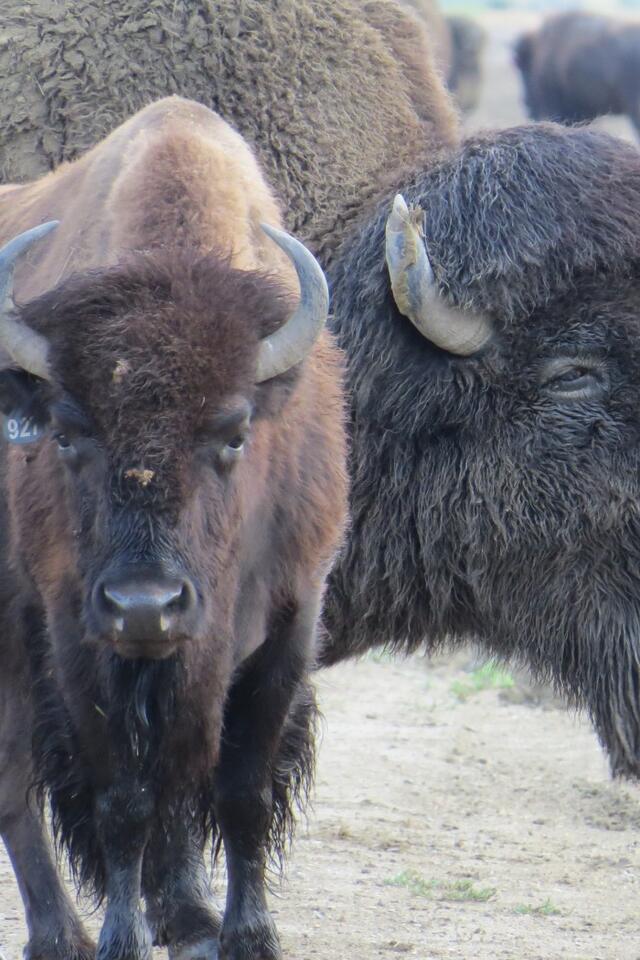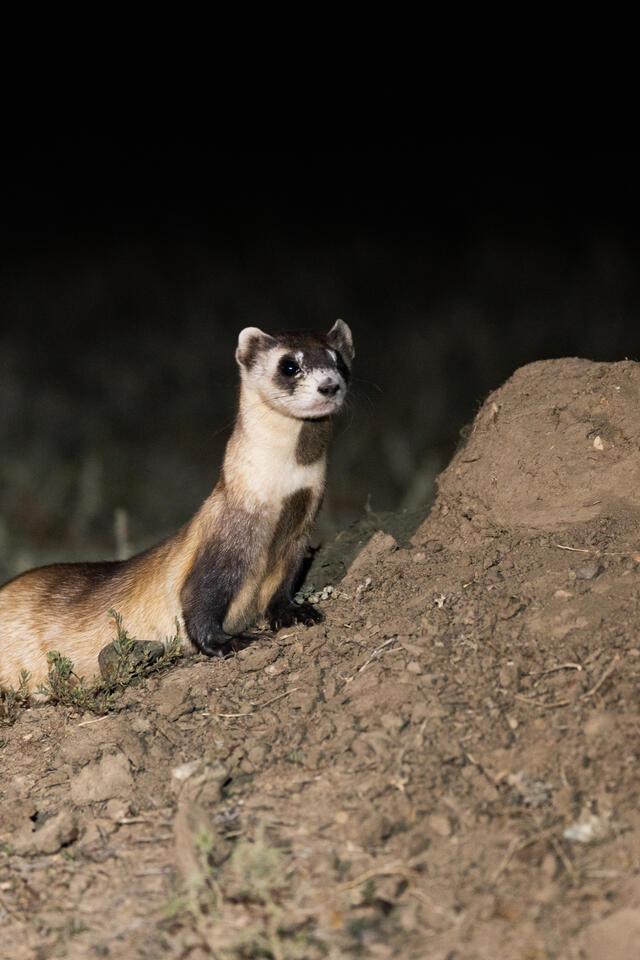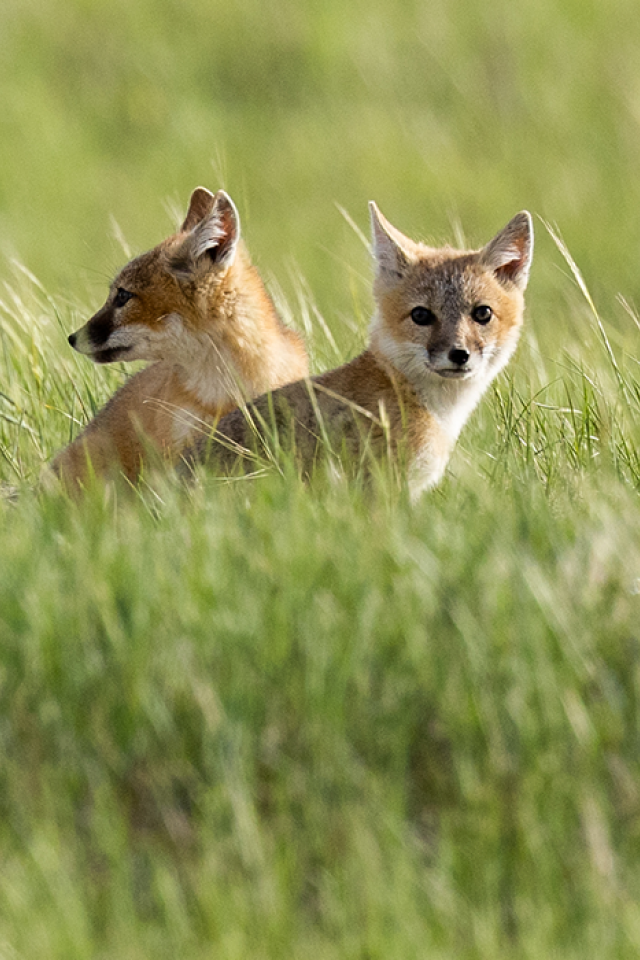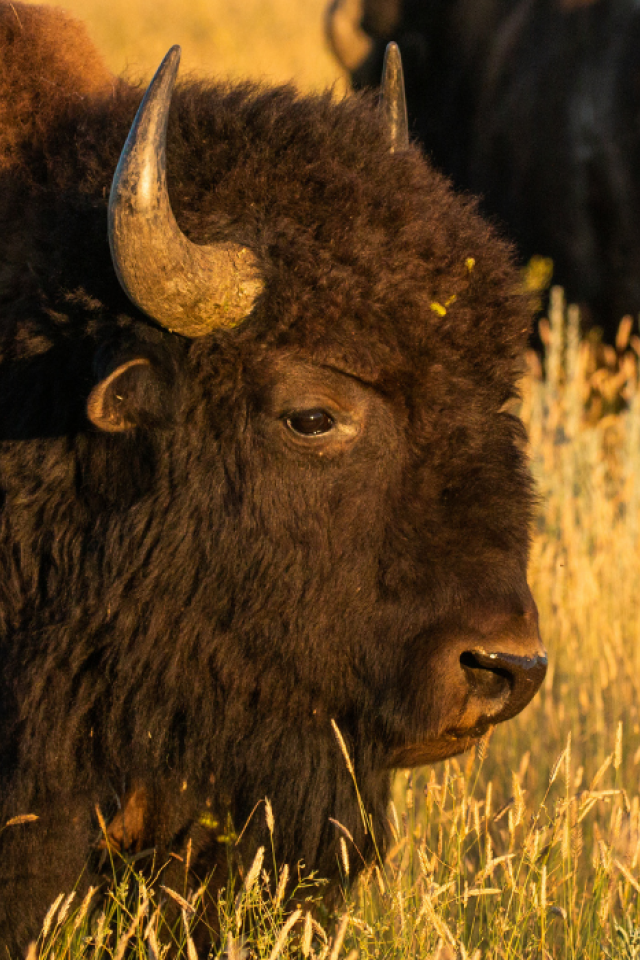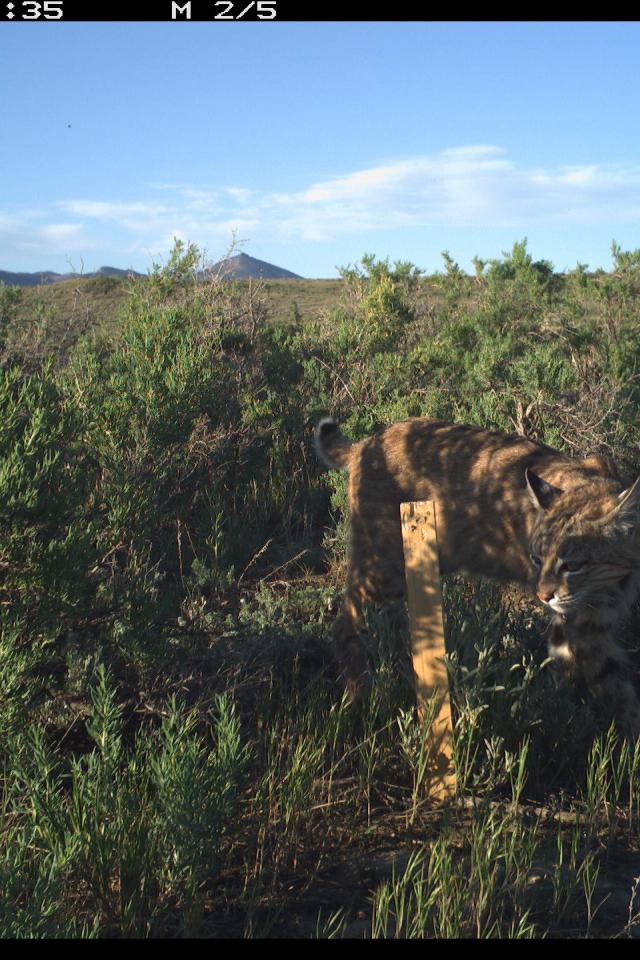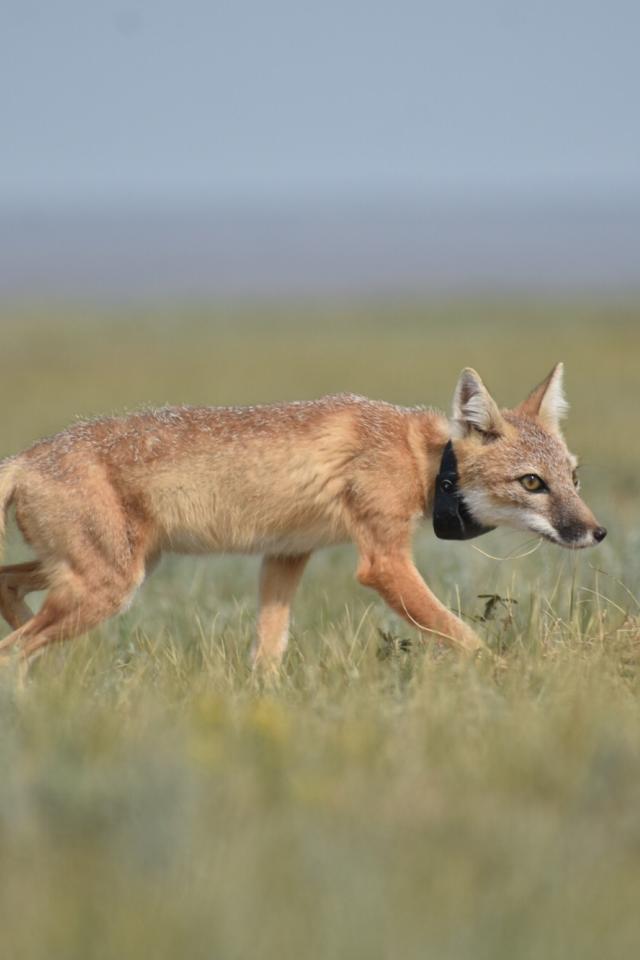The North American Great Plains span over 700 million acres, home to an incredible diversity of plants, animals, and ecosystems. These grasslands are not only vital for biodiversity—they also play a major role in global food production and provide essential ecosystem services.
Yet, over one million acres of prairie are plowed each year, threatening wildlife and accelerating habitat loss.
The Great Plains Science Program—part of the Smithsonian’s National Zoo and Conservation Biology Institute—is working to reverse this trend. Our mission is to generate and share the science needed to guide grassland conservation and promote a sustainable future.
Why Grasslands Matter
More than 2 billion people around the world depend on grasslands for their livelihood. Yet, grasslands remain among the least protected ecosystems on Earth.
Our work helps fill this gap by advancing grassland research, raising awareness, and supporting evidence-based conservation strategies.
Together with our partners, we’re building a powerful network of scientists and conservationists committed to keeping grassland ecosystems healthy, resilient, and thriving for generations to come.

Science-Based Solutions
Our research drives real-world impact. We study innovative, science-based methods for conserving and managing grasslands, and work to ensure these ecosystems remain healthy and productive into the future.
Our Impact
Nóouhàh-Toka’na, known as swift fox in English, once roamed the North American Great Plains from Canada to Texas. But predator control programs in the mid-1900s reduced the foxes to just 10 percent of their native range.
At the Fort Belknap Indian Community in Montana, members of the Aaniiih and Nakoda tribes are working with the Smithsonian’s National Zoo and Conservation Biology Institute and other conservation partners to restore biodiversity and return Nóouhàh-Toka’na to the land.
Partnering With Tribal Communities
We work with Tribal Nations and local communities deeply connected to the Great Plains, drawing on their knowledge and ties to the land.
Through strategic partnerships, we support Tribal governments, landowners, and partners in restoring habitats, promoting stewardship, and preserving Native cultural heritage.
Our Strategies
We provide up-to-date, science-based insights to guide the conservation and management of North America's grasslands.
We use advanced tools and methods to study and support grassland ecosystems.
Our goals:
- Conserve at-risk grassland species through research and restoration
- Deepen understanding of grassland complexity and resilience
- Promote innovative technologies for monitoring and analysis
- Share findings to inform global conservation efforts
We prepare the next generation of conservation leaders and empower communities with knowledge and skills.
Our goals:
- Deliver training through courses, workshops, and online materials
- Support partner communities in building local conservation capacity
- Mentor emerging scientists through internships and fellowships
We connect and collaborate with land managers, local communities, and organizations to advance shared conservation goals.
Our goals:
- Grow a diverse, collaborative network of researchers and practitioners
- Build a long-lasting, community-supported presence in the Great Plains region
Who We Are
Meet the Team
Get to know the scientists who are working to understand the Great Plains and grassland environments across the globe.
Our Mission and Values
The Great Plains Science Program is dedicated to creating a sustainable future where grassland ecosystems thrive.
Latest News
Help Us Make a Difference
With your support, Smithsonian scientists can protect grasslands and the wildlife that rely on them for survival. Help us make an impact and conserve our world.

